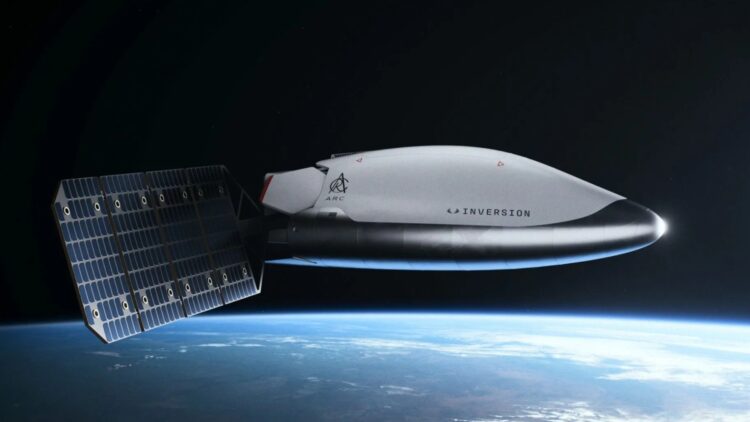Remember when you used to have to wait weeks or even months to receive an international package? Even though Jeff Bezos and his company Amazon have worked wonders in terms of logistics, every now and then we do have to buy something that will be shipped to us from the other side of the world.
In these cases, we have no choice but to be patient and wait. However, there are times when time is of the essence, and we cannot wait for long periods of time for that shipment to arrive.
But what if I told you that this reality could be coming to an end? The slow pace of logistics has given rise to a solution that uses neither trucks nor drones. It is a vehicle that will be 400 km above our heads, in space. It is a proposal that is revolutionizing the global logistics industry.
Orbital speed shipping
Modern humans are obsessed with speed, but the supply chain remains limited by airports, customs, and sea routes.
Space logistics, on the other hand, offers unprecedented speed. Imagine receiving a package delivered by Superman himself, flying from one point on Earth to another. The start-up Inversion Space offers something very similar. It is a company born in Los Angeles with many ambitions. It was founded in 2021 by two young visionaries: Justin Fiaschetti and Austin Briggs.
But don’t worry, these two Boston University alumni gained valuable experience interning at aerospace companies such as Space X and Relativity Space. They have designed a flagship vehicle called arc, which promises to transform global delivery. This vehicle is capable of carrying up to 225 kilograms of cargo to any point on the planet… in less than 60 minutes.
Arc: A Warehouse in Orbit
Although it looks like a design straight out of Jules Verne’s imagination, the project is 100% real. Arc operates as a reusable satellite in low Earth orbit. It is a warehouse in space, which can wait patiently for up to five years with its cargo on board. When a delivery order is issued, the Arc spacecraft closest to the destination undocks from its service model and begins an autonomous journey.
Arc is capable of traveling at hypersonic speeds (over Mach 5) during reentry into the atmosphere. Not only that, but it is capable of falling from orbit in a controlled manner and at breakneck speed. After all, there is no point in delivering shipments very quickly if they are going to crash into the ground.
The vehicle is 2.4 m long and 1.2 m wide, comparable to a large table. The finishing touch is that it is capable of making a precise landing. Thanks to a high-precision parachute, it is possible to descend in a controlled manner. This eliminates the need for a runway or complex ground infrastructure. To top it all off, it uses non-toxic materials for propulsion. This means that ground personnel, whether they have a military background or are responding to an emergency, can approach and recover the cargo immediately without exposing themselves to any chemical risks.
Space Packages
For now, arc already has its first customer: the US government. Its objective will be to deliver medical supplies, strategic military equipment, and emergency equipment.
Advertising videos have shown the Arc spacecraft delivering emergency first aid supplies to people stranded on a desert island. It has been designed to aid rescue efforts in hard-to-reach areas, such as natural disaster zones or conflict areas where conventional routes are destroyed or too slow and unsafe.
Justin Fiaschetti, the company’s CEO, sees space logistics as the third pillar of the space economy. This pillar joins communications (such as Starlink) and Earth observation. What we do know is that in the next decade we will see an increase in the efficiency of the delivery of all types of goods. On a day-to-day basis, Walmart will be able to send us a dozen eggs in a drone… While the US military receives medical and military equipment in a similar way (but on a large scale). What we do know is that receiving supplies by land will become obsolete.

